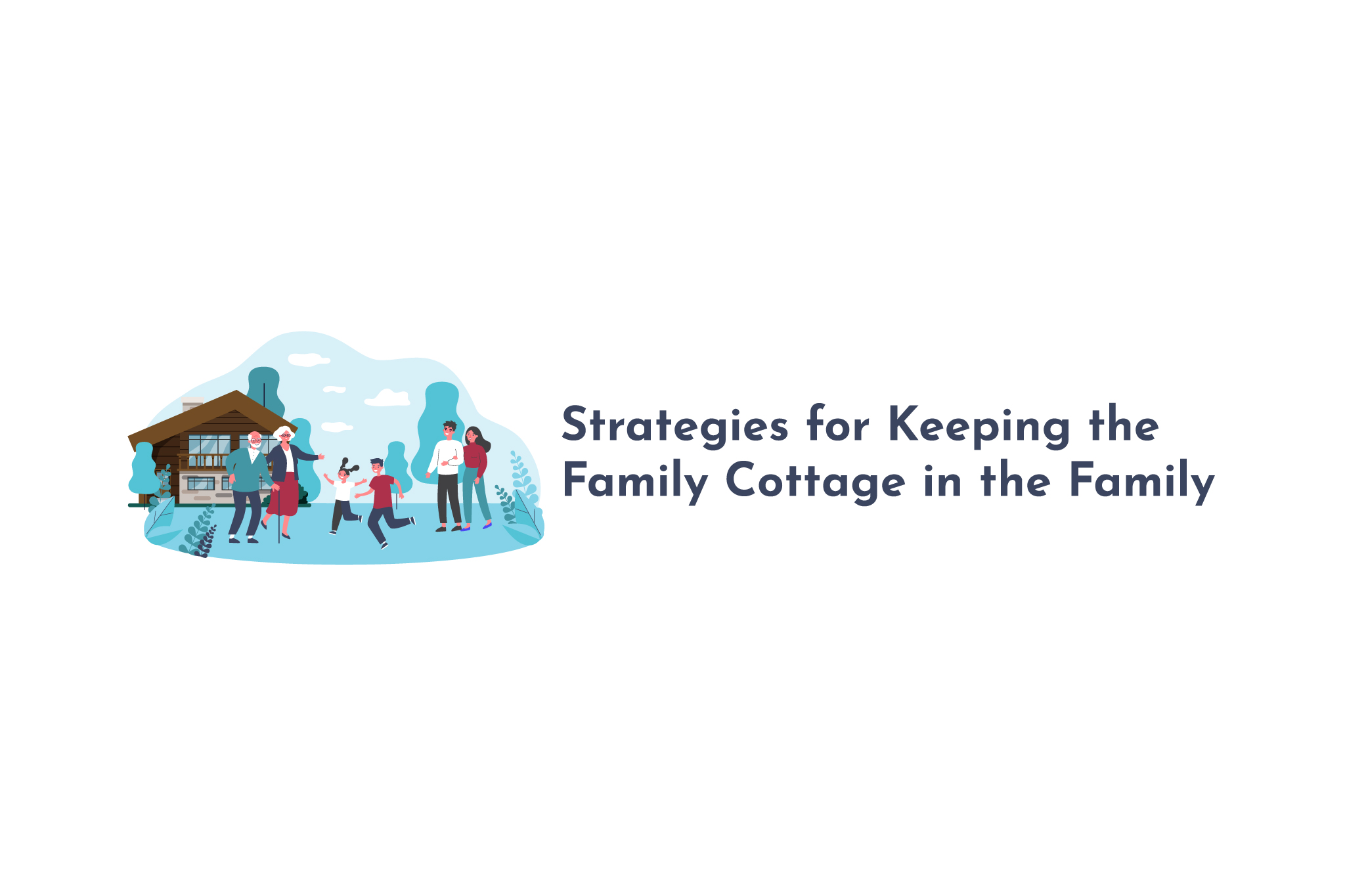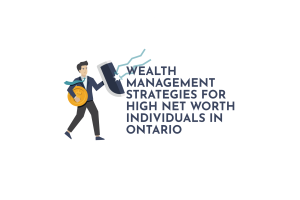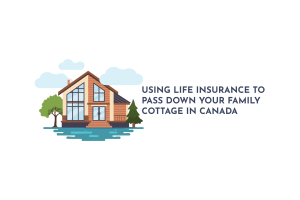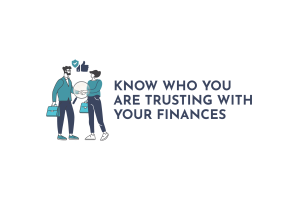Being from central Ontario, I am going to talk about the family cottage. If you’re reading this elsewhere in Canada, feel free to replace the word cottage with ‘camp’ or ‘cabin’ or even, strangely enough for a non-east coast resident, ‘bungalow .’The point is that there are many Canadians who have a treasured spot where they go to get away that may have been in their family for generations. Currently, the baby boomer generation owns many of these types of property. If your cottage is a waterfront property, the value has likely increased exponentially in recent years. I know of areas where, in the 1980s, you could purchase a cottage on a lake with an investment of under $50,000. Those same properties today are worth ten times that amount, which assumes that you haven’t made any improvements to the dwelling. Realtors will tell you that ‘they stopped making waterfront property a long time ago,’ so it is more valuable today than it has ever been. Add to this the idea that with the proliferation of better high-speed internet via satellite and LTE networks, many people took the idea of working from home during the pandemic and instead moved to the lake. The old three-season cottage has been torn down, and now, in its place, sits a home that is available for use year-round. Now we’re looking more at the idea of these homes being worth 25 times what they were in the 1980s.
Benjamin Franklin is quoted as saying that death and taxes are certainties in life. The reality is that this is a portion of a quote he wrote regarding the Constitution in the U.S. as it was being adopted, but it still rings true today. Everyone dies, and everyone must pay taxes. When you will die is a mystery; how much tax you pay relies on many factors. An important thing to remember is that there are opportunities to plan for taxes that can minimize their impact. Why is this important when talking about a family cottage? In Canada, your principal residence is excluded from any taxation upon its sale. The key thing is that you can only have one principal residence; if you own more than one property, you will be faced with capital gains taxes when you sell anything aside from the principal residence.
In This Article:
- Important Terms to Understand
- Scenario #1 – I am selling the cottage while I am alive
- Scenario #2 – I owned the cottage when I died
- Using Life Insurance to Pay the Tax
- Conclusion
Important Terms to Understand
When looking at how taxes will be calculated, you need to understand some ‘tax jargon’ and how it applies to what we are talking about:
- Fair Market Value – This is what the value of a piece of property would be if sold on the open market.
- Adjusted Cost Base – This is how much you purchased the property for plus the amount of any ‘capital improvements’ made over the years.
- Capital Improvements – This is a permanent structural change made to a property to enhance its value, increase its lifespan, or add a new use. It needs to be permanent.
- Arm’s length transaction – This means you are dealing with someone you don’t have undue influence over. Someone is not arm’s length from you if they are in your immediate family (blood relative) or related via marriage, common-law partnership, or adoption. Aunts, Uncles, cousins etc., are considered at arm’s length.
- Disposition – This is when you sell something.
- Deemed disposition – This happens when you die. The government assumes that you sell all your property right before you die and will calculate taxes according to this assumption.
- Capital Gain – The difference between your Adjusted Cost Base (ACB) and the Fair Market Value (FMV) of the Property.
- Capital Gain Inclusion – In Canada, the rule that applies is that when you dispose of a secondary residence, you must calculate the capital gain and then include 50% of that amount as taxable income in the year you disposed of the property.
Whew. That is a lot. It seems like this may be a complicated concept. Hopefully, understanding some of the terms you will hear will help de-mystify what is happening from a tax perspective. There are a couple of scenarios that we will address now. What happens if you sell the cottage while you are alive, and what happens if you still own it when you die?
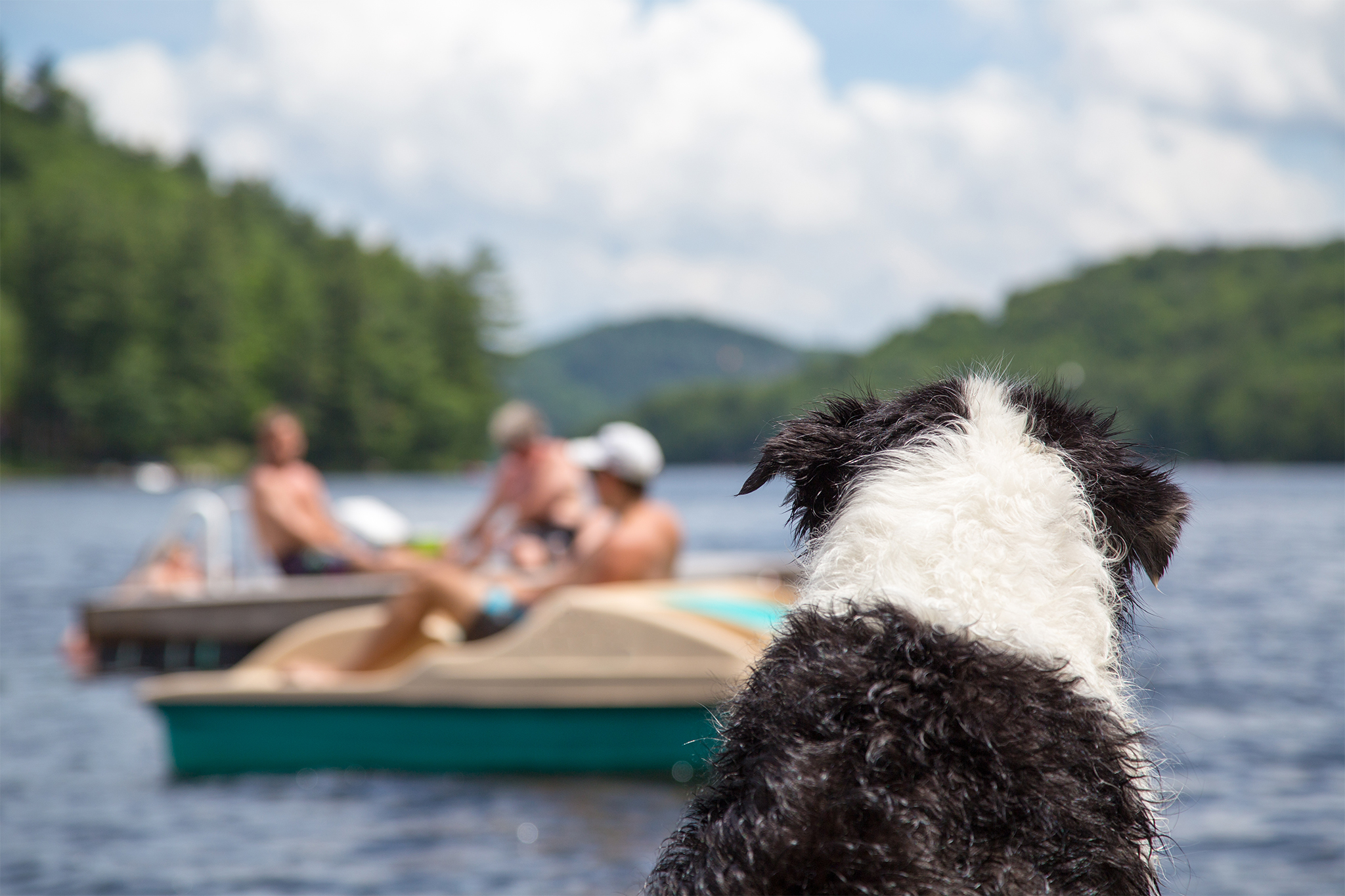
Scenario #1:
I am selling the cottage while I am alive
There are two main subsections of this:
- Selling to an arm’s length person – Capital Gain is calculated using the sale price as the FMV and the ACB that you can prove for the property. If you bought a piece of land with a shack and rebuilt a dream home there, you need to prove how much you invested in the building for it to count in the ACB. No receipts equal no increase to your adjusted cost base. Income taxes are applied based on the capital gain inclusion and your marginal tax rate for the year of the sale.
- Selling to a non-arms-length person is often where people get into trouble. I can’t count how many times I have heard the suggestion that a parent who owns a cottage will sell that cottage to their kids for $1. The answer to this is simple. Don’t do it. As a non-arms length transaction, the sale is subject to the fair market value rule, so even if you sell it for a single dollar, the taxes will be calculated as if you sold it for the full open-market value, and you will pay taxes according to that. Additionally, your kids now have an ACB for the property of $1. This means when they go to sell it, that is the amount used in their capital gain calculation. This ends up with double taxation, a result no one wants.
If you sell to a non-arms-length person, one potential solution is to sell the cottage to them and take back a mortgage. When done properly, this strategy can spread the tax burden from the capital gain over a few years. You are also allowed to set up your will to forgive the mortgage debt if there is any balance outstanding so that when you die, there is no longer any debt accompanying the cottage.
Scenario #2:
I owned the cottage when I died
Under this circumstance, we enter the deemed disposition rule. This is where it is assumed by the government that you sold all your belongings right before you died, and now taxable income needs to be calculated. With multiple residences, many people think that all you need to do is calculate the largest capital gain and then declare that dwelling as your principal residence. It may not be that simple, though. Consider what happens if, while you owned your cottage, you moved houses several times. Did you declare capital gains every time you moved and pay tax on those transactions? If you didn’t, you might be forced to declare your non-cottage as your principal residence. Otherwise, based on those corrections, you could be looking at correcting a lot of prior tax returns and paying penalties. If you want to pass along the cottage after you die, you could look at a couple of strategies.
- Name your children in the will – This passes ownership of the cottage through your estate to your heirs.
- Create a trust that owns the cottage – A trust can be established that owns the cottage, allowing you to set aside money in your estate for maintenance, taxes and bills. This type of trust does have a fee associated with it. You should consult with professionals if this strategy is one you choose to explore. Lawyers, accountants, and financial advisors will offer insight into how it works and if it fits your particular situation.
Both strategies result in the triggering of capital gain, so having a plan in place to pay the taxes due on that income is essential.
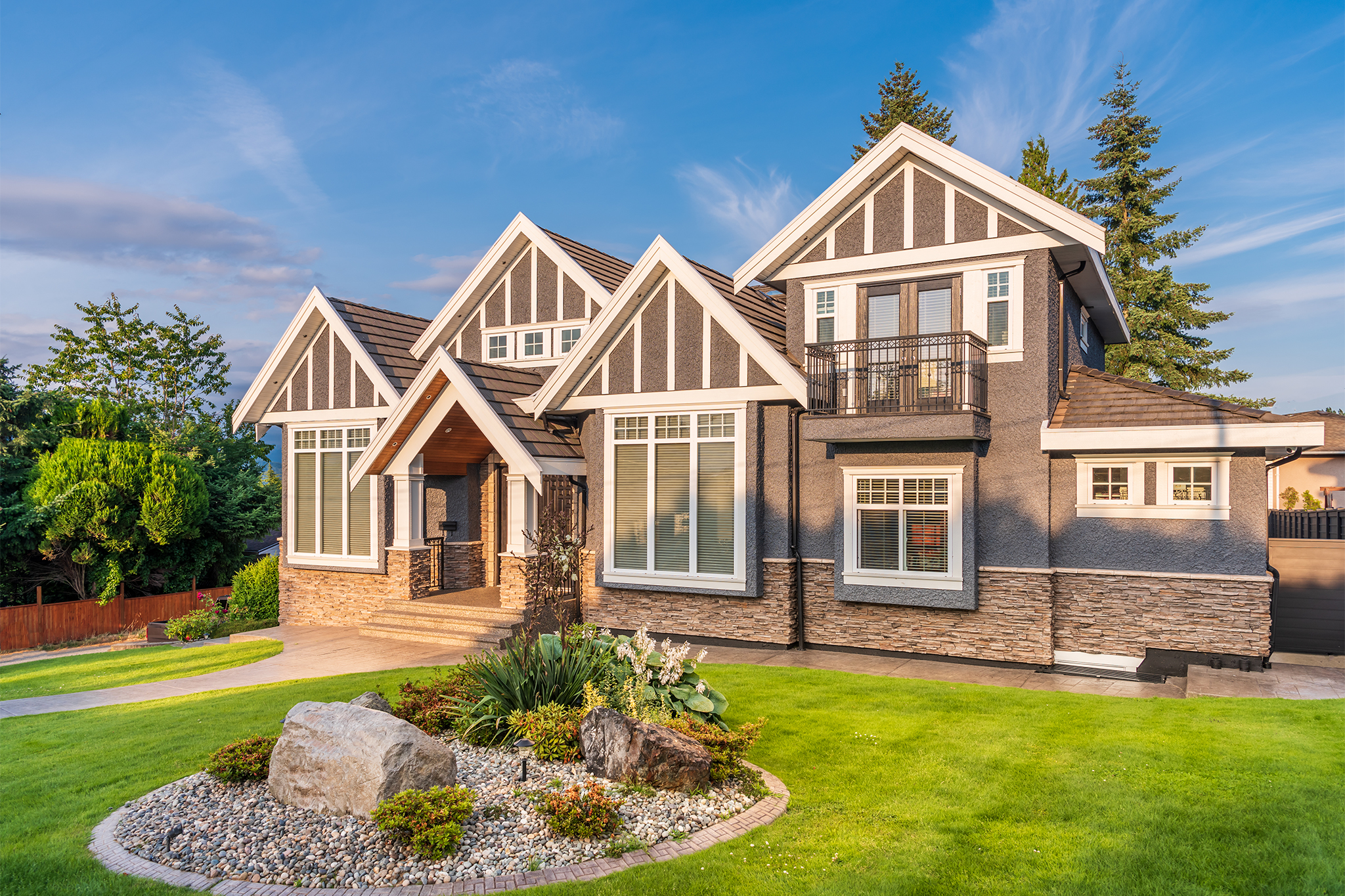
Using Life Insurance to Pay the Tax
Far and away, the most cost-effective way to help pay the taxes due on any capital gain income triggered on a person’s terminal tax return is using permanent life insurance. It is important to note the permanent portion of that description. Term life insurance will typically have an expiry date, so it isn’t suitable to help pay estate income tax. What happens if you outlive the policy? With term life insurance, that is a possibility. Permanent life insurance doesn’t carry that concern with it. If you own a cottage with your spouse, you should consider purchasing a joint-last-to-die insurance plan. This policy has the death benefit payout when the second person covered dies. Since spouses with joint ownership of a cottage don’t face taxation when the first partner dies, these joint policies are well suited for paying taxes that won’t be triggered until the second partner dies. Getting the death benefit amount exactly right is hard; no one knows when they will die, so predicting what the actual capital gain will be can be difficult. Talk to an advisor, and they can help you make your best-educated guess at what the policy should pay out. The reality is that any benefit amount will help pay the tax bill, and that helps keep your cottage in the family.
Conclusion
When you look at different ways to transfer the family cottage to the next generation, make sure that you consult with a few different people. First off, make sure that you discuss things with your family. If you are in a situation where you are struggling to try and find a way to hand the cottage down and your kids don’t want it, that piece of information you need. If your family wants to assume ownership, make sure that you talk with a professional who can advise you on the best way to do this for your particular situation. A mortgage specialist or a financial advisor that can help you with life insurance planning can keep you along the lines of what is allowed. Overall, ensuring you have a plan in place will help ensure your wishes come true when it comes to keeping the cottage in the family.
